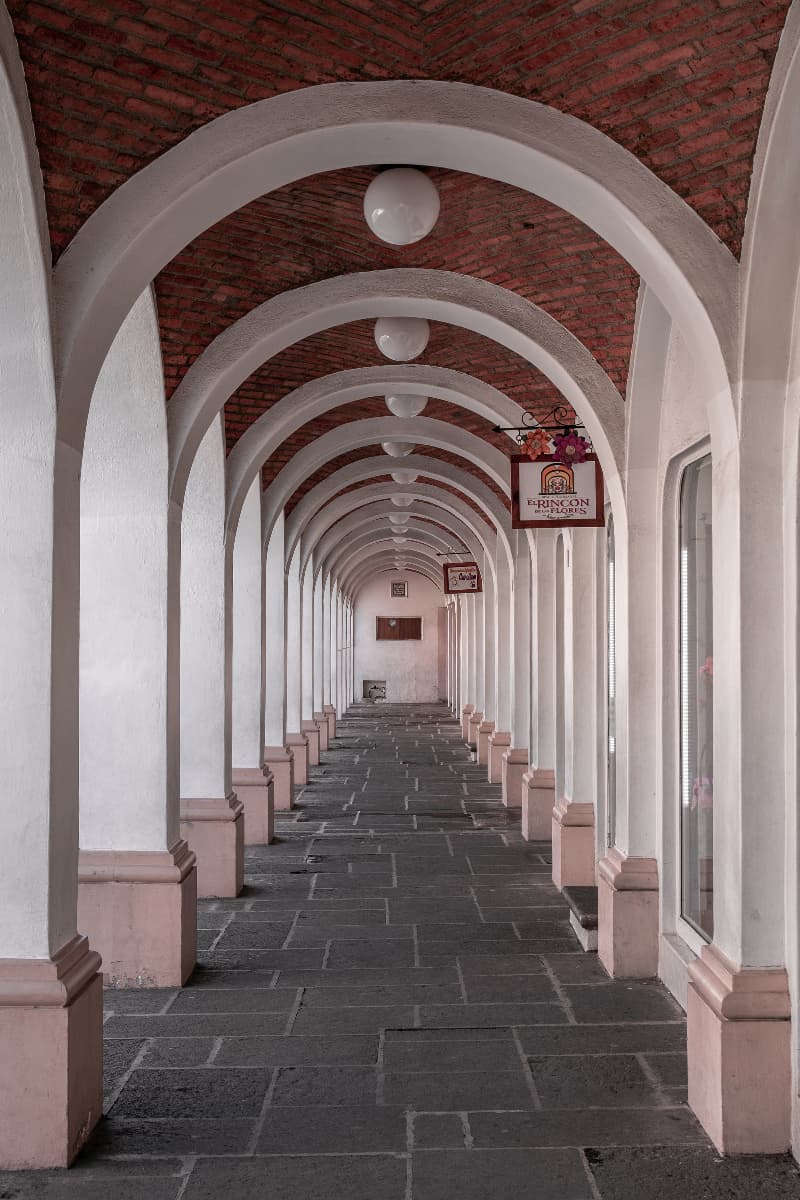Aguascalientes: A Unique and Fun Place to Explore
Aguascalientes offers a great tourist offer with history, culture, gastronomy, and tradition. Come and discover Aguascalientes.

Aguascalientes is one of the most prosperous and safe states in Mexico, with an enviable strategic location that favors its connectivity with countless national and international destinations. Along with all these competitive advantages, it also offers a wide range of tourist attractions enriched with history, culture, gastronomy, and tradition; it is a state full of activity and fun throughout the year.
Aguascalientes has scenarios, spaces, and infrastructure to practice tourism in many of its variants: nature, adventure, sports, wine, culture, religion, business, etc. There are many experiences to live and enjoy in Aguascalientes. One of them is its three Magical Towns: Calvillo, San José de Gracia, and Real de Asientos, places that enchant visitors with their rich gastronomy, festivities, and traditions, as well as their culture and tourist attractions.




